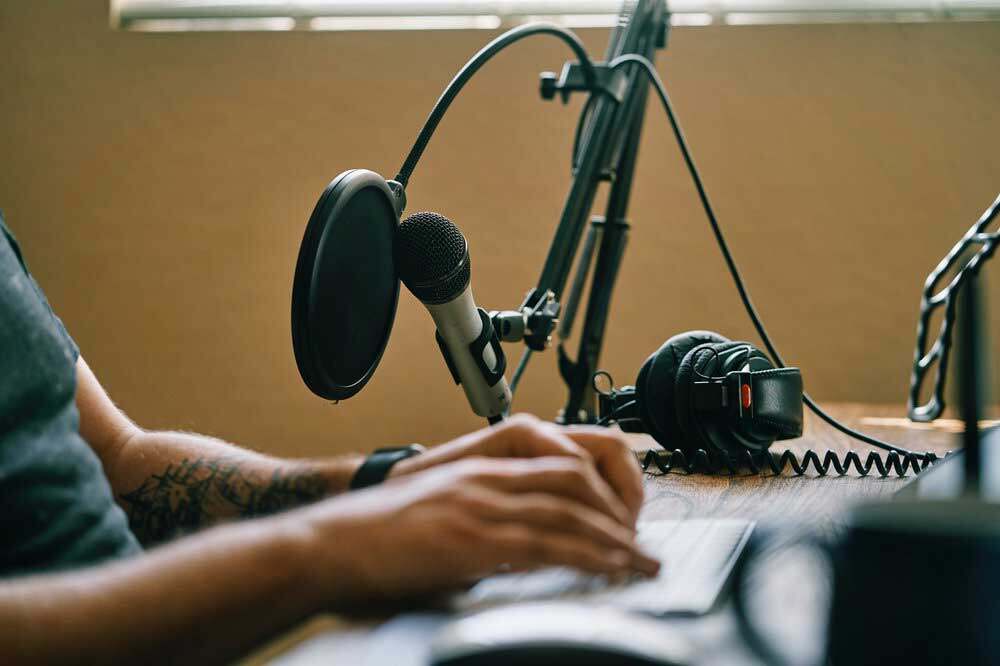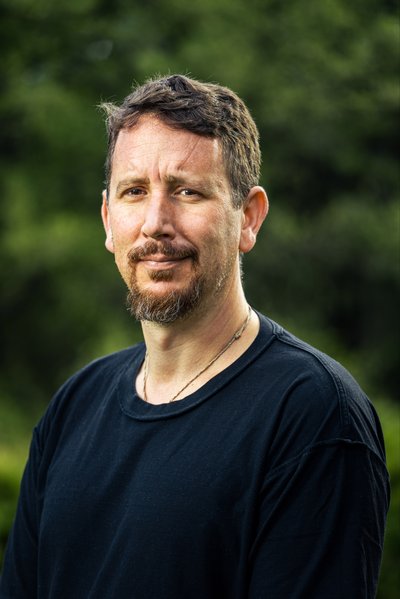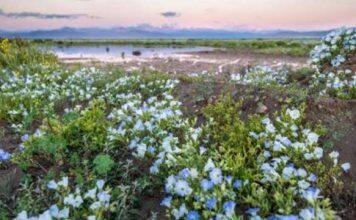Lockdowns were lonely and isolating for many, but an imaginative bunch of Bachelor of Arts students discovered how their creative projects fostered a sense of togetherness.


The students have shared insights into their work from Creative Processes, a paper facilitated by College of Humanities and Social Sciences Senior Lecturer Dr Rand Hazou. Their work has highlighted how technologies such as Zoom, WhatsApp and various audio platforms and editing tools, plus team spirit, enabled them to overcome the barriers of distance and disconnection.
One group produced an audio narrative that explored the idea of togetherness in a post-pandemic New Zealand. Student spokesperson Evan Alsop says the narrative is about two strangers who are accidentally thrust together while both were waiting ‘on hold’ on a hotline set up for people struggling in the lockdown. The piece starts with an advertisement for the hotline and then follows fictitious characters Adam and Elizabeth, who have called in after hearing the ad. While initially awkward, the two connect through similar experiences with isolation, bonding over sharing ideas of what it means to truly belong.
“The story itself doesn’t really reflect our lives, but the characters and the heart of it were very real to us,” Evan says.


Another group spanning four countries – New Zealand, Australia, Scotland and Montenegro – created a sound narrative of voice, music and poetry to convey their individual and collective experiences of togetherness amid physical separation.
Group spokesperson Georgia Johnson says, “The inspiration for the assignment came from our experiences in the height of the pandemic where people, despite distance, united with one another to be creative amidst the uncertainty and chaos. In class, we spoke about how Italians would go out on their balconies and sing songs with one another, and how in New Zealand an entire podcast series was made featuring artists from various fields.”
Georgia says the group’s creativity was emboldened after they shared their anxieties. “This opened up a doorway to discuss the ways we struggled to feel connected, and how it means something entirely different or contradictory to the person you’re sitting beside.”
This became a philosophical invitation to explore deeper questions. “The journey also became the bedrock for curiosity and empathy as we got to know one another on a deeper, more intimate level. We knew the story we wanted to tell – a group of people exploring how togetherness holds an entirely different meaning to each individual. The dialogue [recorded] is our own individual thoughts. It was almost like capturing a conversation that was happening in real time.”
Rewards of creative exploration
While his group’s efforts were created post-lockdown, Evan says the work made him appreciative of the different tools we have at our disposal to stay connected in the world today. “Regardless of the downsides that can come with social media and the internet in general, the ability to instantly connect four complete strangers from across the country is truly incredible. It’s also put into perspective that no matter how dark these times have gotten, and how severely they’ve impacted the lives of countless people, in this modern age, none of us is truly ever alone.”
The outline for the level two Creative Processes paper is “an investigation of human creativity that involves the study of creative practice and the making of original works of performance, film and writing.”
Students are introduced to British social psychologist Graham Wallas’ Four-Stage Model of the creative process – preparation, incubation, illumination and verification – at the start of the course.
Dr Hazou says despite being published almost nine decades ago, the model still holds sway as a conceptual anchor for many creativity researchers. “These four stages involve different conscious or unconscious thought processes. Key to these understandings is that creativity requires flexibility and space for inspiration but also structure and hard work.”
He adds that the course is not about trying to understand why people create, but rather how we might approach different challenges in the creative journey. It’s about the ‘how’ rather than the ‘why’ of creativity.
Dr Hazou says he firmly believes we are all creative. “Some of us aren’t given enough of an opportunity to express ourselves creatively. Others self-censor their creative ideas from a lack of confidence. I think this course really helps students find confidence and a structure to help them distill their creative ideas. It is wonderfully fulfilling to see students coming into the course slightly anxious about their own creative abilities or ways of working, and to see them find confidence in how to approach creative tasks.”
He says he was impressed at how students were able to collaborate creatively online despite the challenges of isolating and the anxiety produced by the pandemic.






































